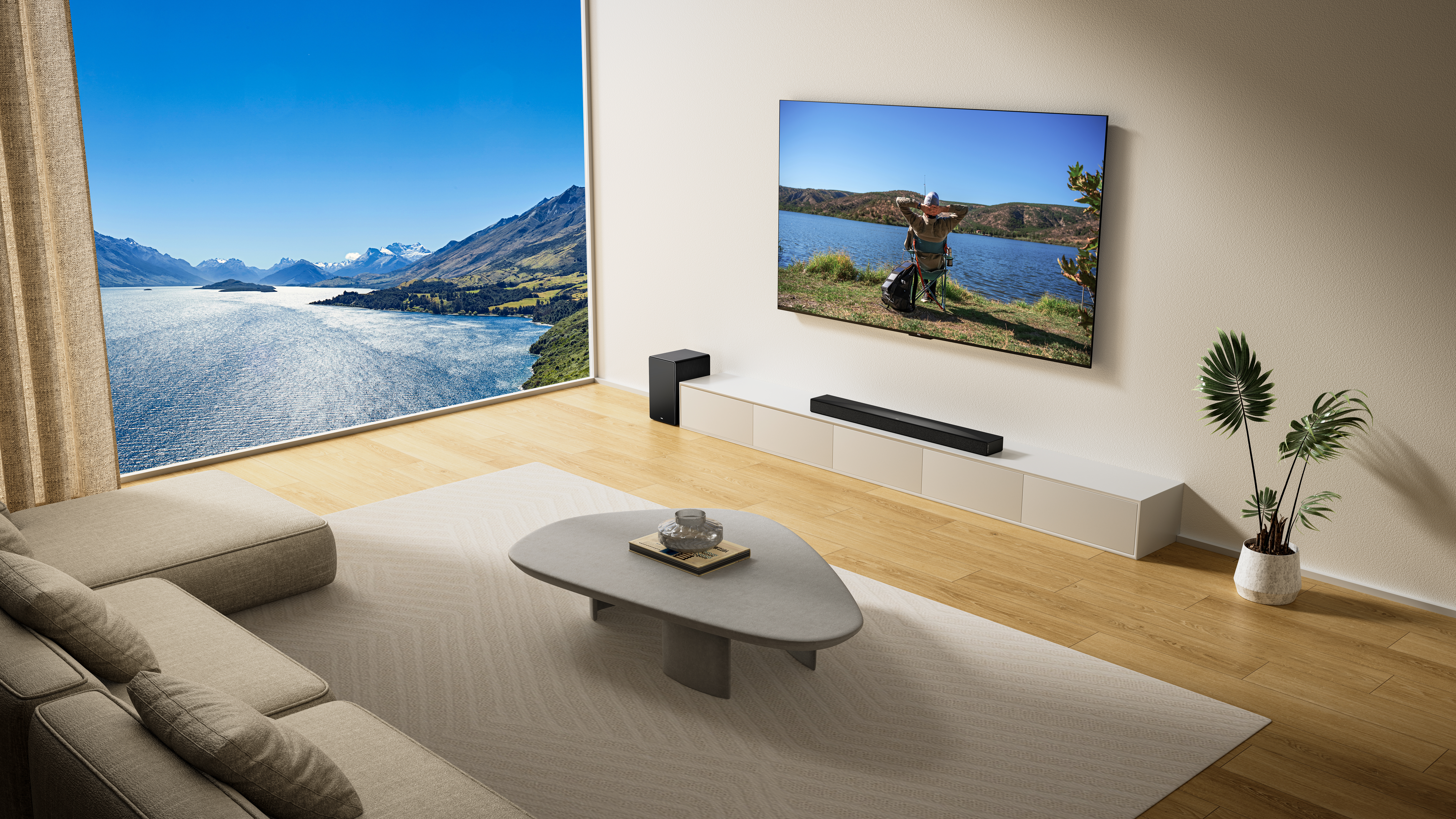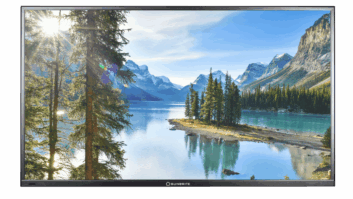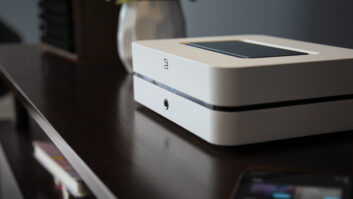The HDBaseT 2.0 standard released today will bring the technology’s advantages to mainstream consumers, the HDBaseT Alliance announced.

The alliance hasn’t yet announced when chips supporting the standard will be available. The group declined to say whether that would occur this year or sometime next year. For more insight about the release, check out this exclusive guest blog by Micha Risling, marketing committee chair for the HDBaseT Alliance.
HDBaseT 1.0 technology ships an HDMI AV signal, including HD/3D and 4K uncompressed video, up to 328 feet over thin, inexpensive CAT-5e/6 cable to an HD display along with multichannel digital audio, Ethernet, control signals and up to 100 watts of DC power. More expensive HDMI cables, in contrast, carry audio and video only up to about 10 meters in most cases.
The new HDBaseT standard, which will be marketed as HomePlay, enables the development of low-cost HDBaseT switchers potentially retailing for “a couple hundred dollars” for use in small-scale applications in middle-class homes, said Micha Risling, marketing chairman of the alliance and marketing VP for Israel-based Valens, which makes HDBaseT chips. The switcher, about the size of an Ethernet router, “will switch any content anywhere,” he said.
Just as important, a HomePlay switcher won’t require the services of an integrator to install or program it because it will be “plug and play,” he added. Homes with preinstalled Ethernet cables, he added, will be able to plug it into an existing home network.
A HomePlay switcher, which will be compatible with existing HDBaseT-equipped TVs, will transport audio and video in HDMI form over a home’s previously installed Ethernet cables to different TVs throughout the house from such connected sources as HDMI-connected Blu-ray players and video servers, USB-connected PCs, HDMI-connected game consoles, Ethernet-connected security cameras, and even Wi-Fi-connected devices. The switcher could be controlled for a Wi-Fi-equipped tablet or smartphone.
In a three-bedroom middle-class home, Risaling sees the potential for a switcher with three HDBaseT outputs, an HDMI output, a couple of HDMI inputs, an HDBaseT input, and Wi-Fi and Ethernet inputs. The switcher could also have USB outputs.
To continue reading this story, please click here to visit TWICE.com.







